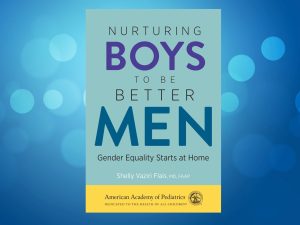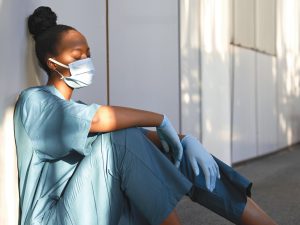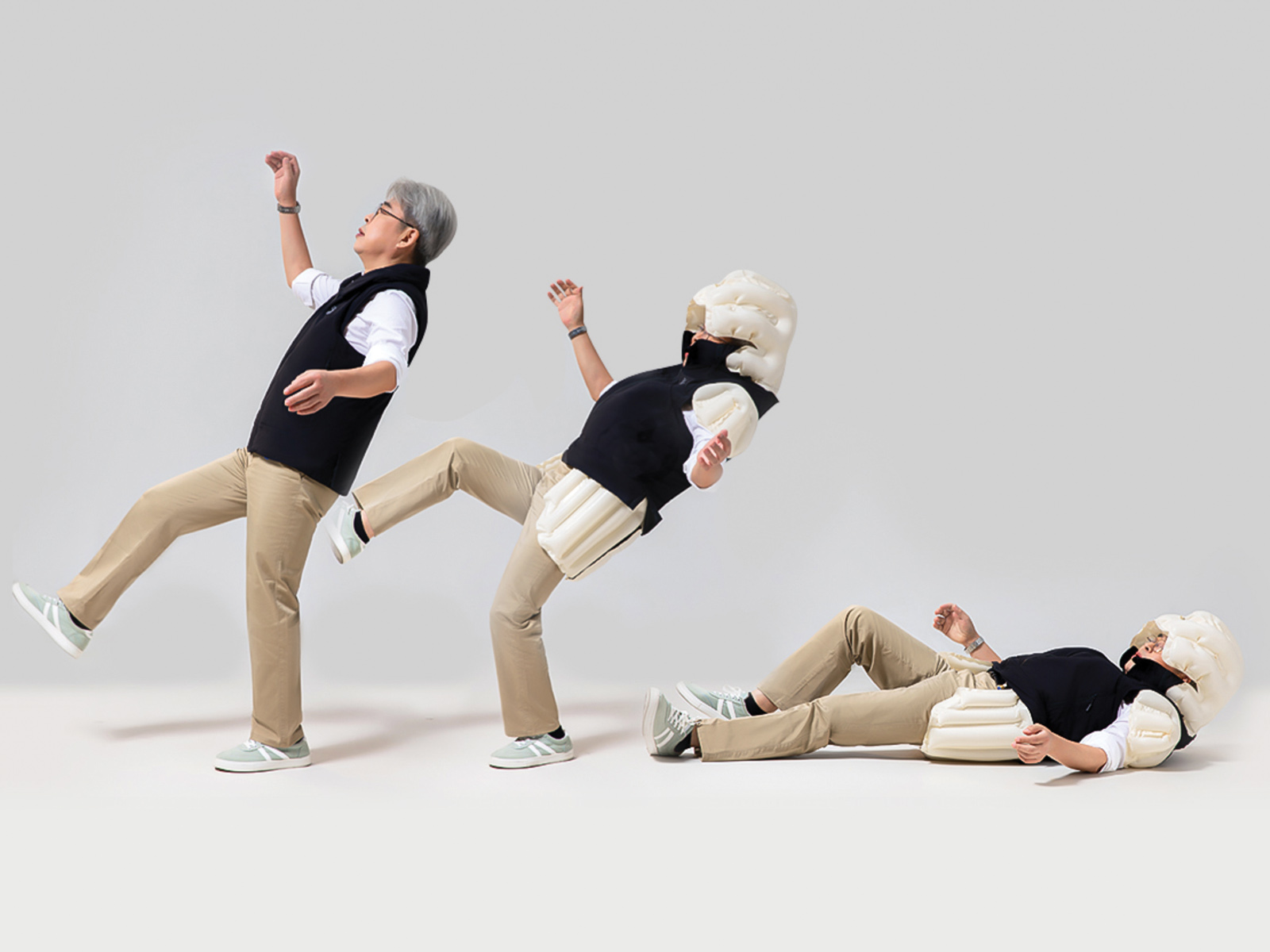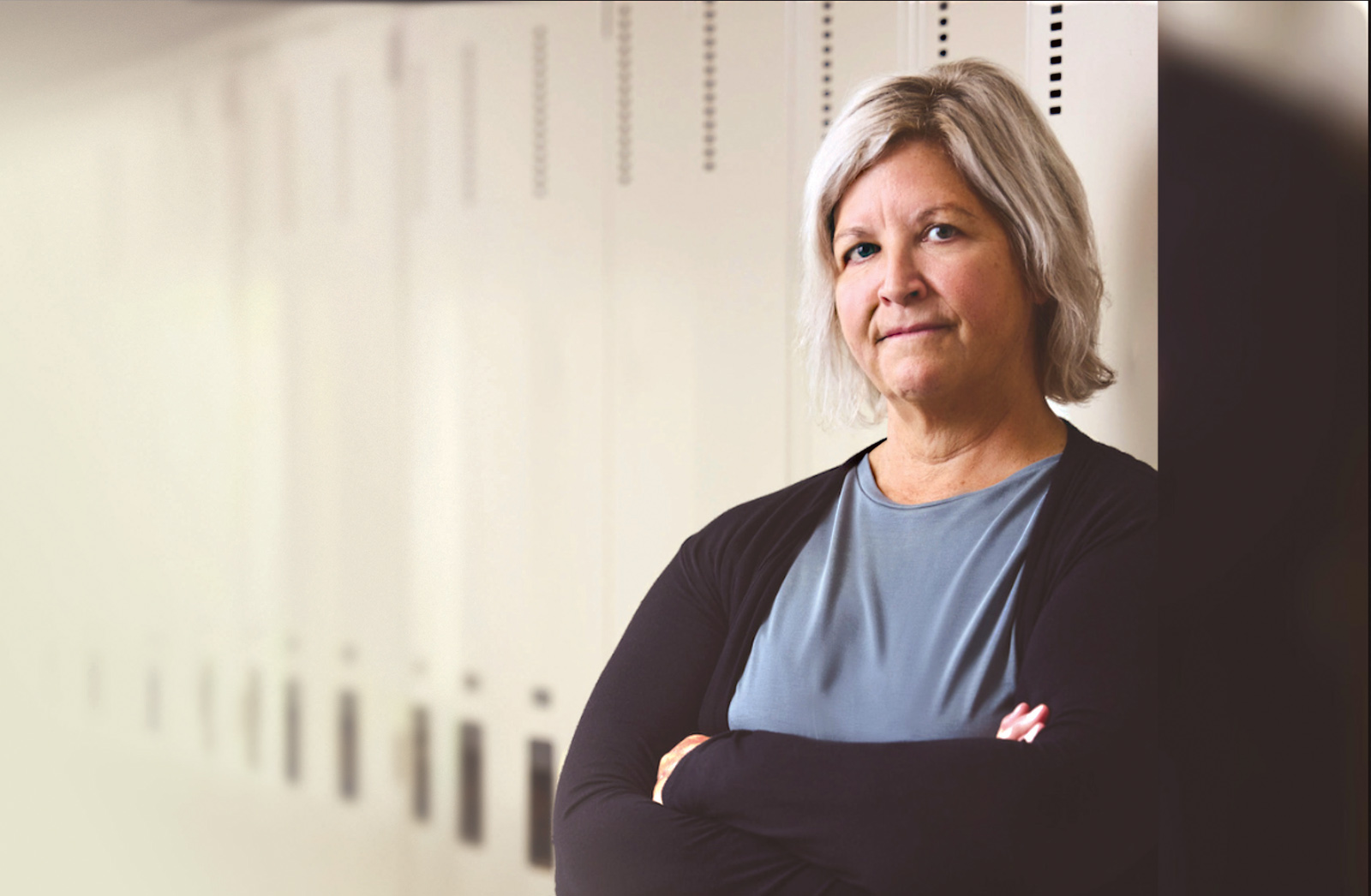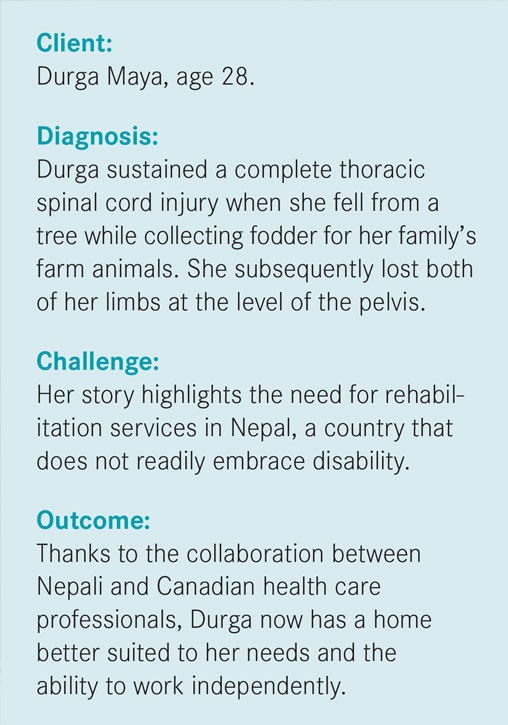 Hope, determination and wheelchairs in the Himalayas
Hope, determination and wheelchairs in the Himalayas
By Angie Andreoli, PT; Carol Scovil, Rehab Engineer; Edith Ng, OT; and Lynn Davies, OT
Draped along the spectacular Himalaya Mountains, Nepal is a land of yaks and yetis, stupas and Sherpas, and offers some of the best trekking on earth. Despite its splendours, Nepal is also one of the poorest countries, ranked 157th out of 187 countries on the 2013 UN Development Report.1 It has an annual healthcare expenditure of US$24 per person; half of the country’s 26.5 million people live on less than US$1.25 a day.2 There is approximately one physician for every 5,000 people in Nepal,2 and most Nepalis live and farm in rural communities far from any hospital. The economic and geographic climate create further challenges for Nepalis living with disabilities,
and the health care professionals who treat them.
NepalAbility is a non-profit, volunteer-based organization. Our goal is to advance rehabilitation services and enhance the quality of life for people living with disability in Nepal. Since its inception in 2006, NepalAbility has sent 12 multidisciplinary teams to offer education and consultation to Nepali health care professionals, along with over $20,000 in donated equipment, resources and education support. The organization works with front-line clinicians who have direct impact on transitioning patients and families living with stroke, brain trauma and spinal cord injury back to their communities.
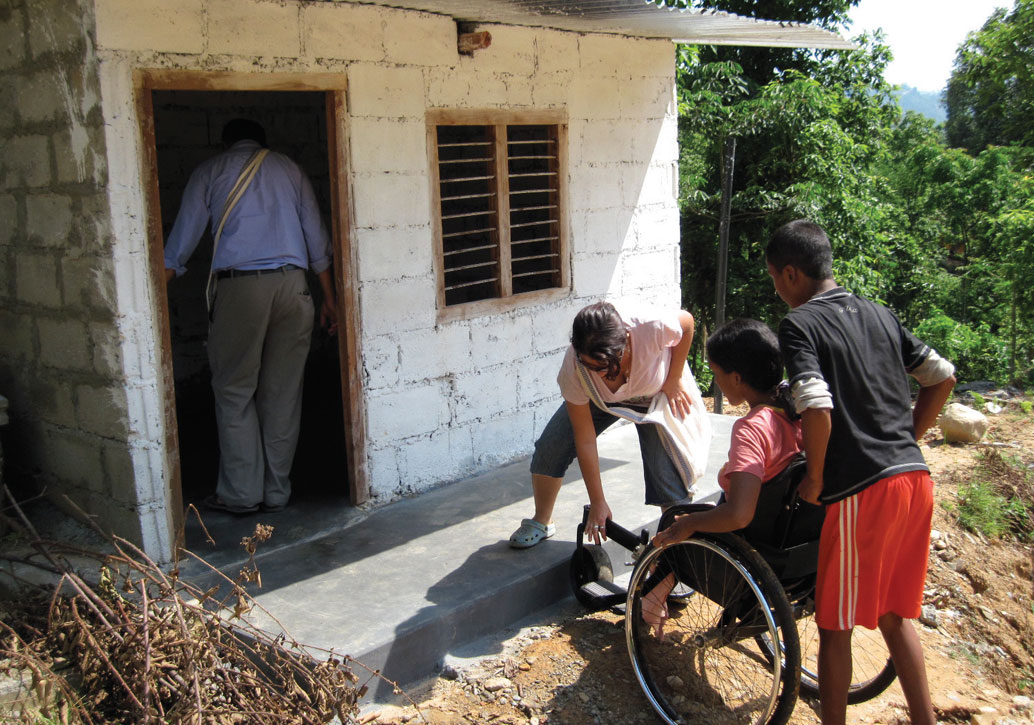 Client
Client
One of those patients is Durga Maya, who lives in a village in the foothills of the Himalayas with her four children, husband and extended family. When Durga was 28, she fell from a tree and sustained a spinal cord injury, leaving her unable to move from the waist down. She was taken to the local hospital, then to another government hospital in the capital city of Kathmandu. The doctor there told her nothing could be done, and she was sent home with no training on how to care for her injury, nor discussion of its implications.
Challenge
Durga’s family cared for her as best they could, but she inevitably developed severe pressure ulcers on her pelvis and legs. Her family managed the infection by using banana leaves, boiled and laid out flat underneath her; this ingenuity likely saved Durga’s life. Despite this, her wounds worsened. A community outreach worker from International Nepal Fellowship’s (INF) Partnership for Rehabilitation (PFR) visited the family and made a case to Handicap International, who agreed to take on her care. The infection was beyond medical treatment, and both of Durga’s legs were amputated at the level of her pelvis. She was then referred to Green Pastures Hospital and Rehabilitation Centre (GPHRC) for rehabilitation.
Goal
GPHRC is one of only three adult rehabilitation centres in Nepal. Founded by INF (www.inf.org) in the 1950s, it provides inpatient and outpatient care. Durga’s case was one of the most challenging GPHRC’s physicians, nurses, physiotherapists, occupational therapists and prosthetists had ever treated. After much planning, they made a mould of her pelvis and fitted her with a socket similar to what would be used for a prosthetic limb. Using this socket, she was able to transfer and manoeuvre her custom manual wheelchair independently for the first time since her injury. After several months at the centre, Durga returned home.
Over the years, NepalAbility has been asked to consult on Durga’s rehabilitation needs. In 2010 we visited Durga and her family in their village. What we found was both heartening and discouraging. Prior to returning home, Durga had been navigating her three-wheeled all-terrain wheelchair3 (which has wide rear tires, large front castors and a contoured foam cushion) independently around the hospital grounds and nearby community. At home, however, everything was different. The wheelchair was largely unused as she could not independently access her home, nor wheel from her house along the narrow path to the main road in her wheelchair. She could transfer from bed to her chair, and use it inside her room, but there was a two-foot step ledge from the veranda to her front yard, which meant she had to be lifted down by her family in order to leave her house.
Outcomes
PFR workers had already worked with Durga and her community to build a small store near her house, where she could live with her daughter and work independently. This had a significant impact on her quality of life, allowing her access to a community that she had not had since her injury. But challenges remained. The new store included an accessible toilet—a higher Western-style toilet rather than a typical Nepali one at ground level. However, it was six inches lower than the height of her wheelchair and, due to her amputations, the toilet seat was too wide; she could not sit on it without the risk of falling through. In response, the prosthetists from GPHRC took a mould of her toilet and created a new accessible seat. During our visit, we offered recommendations on how to make the toilet safer to use, including the installation of grab bars, and positioning the wheelchair for safer and easier transfers.
Early on in her injury, Durga thought she was going to die. Her rehabilitation, wheelchair and income-generating store have all contributed to a more meaningful life. The process has taken years ongoing intervention and partnerships. We are constantly inspired by the tenacity of Nepali people with disabilities, and are motivated by the commitment of local health care workers.
References available on request
Andrea Andreoli, PT; Carol Scovil, Rehab Engineer; Edith Ng, OT; and Lynn Daview OT are all NepalAbility volunteers who have travelled to Nepal as members of interprofessional health care teams. Visit www.NepalAbility.org for more information.
Photos: Carol Scovil



